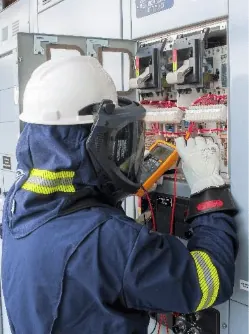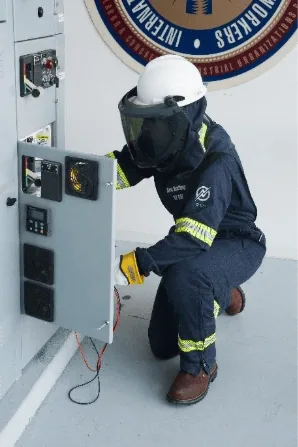Personal protective equipment (PPE) saves lives. It shields workers from hazards that can cause serious injury, illness, or even death. Yet, in workplaces across industries, PPE often sits unused — hanging on hooks, stuffed in lockers, or left in the truck.
The reasons are rarely about recklessness alone. More often, they stem from a mix of human behavior, workplace culture, and equipment design. Understanding these barriers is the first step toward fixing them.
Comfort (or Lack Thereof)
If PPE is hot, heavy, or restrictive, workers will find reasons not to wear it — especially during long shifts or physically demanding work. Sweaty gloves, fogged-up goggles, and ill-fitting helmets are common complaints. When equipment interferes with movement or vision, the temptation to “just take it off for a minute” becomes strong.
The fix: Invest in ergonomically designed PPE that’s lightweight, breathable, and allows natural movement. Also consider investing in face and eye protection that allows for better visibility such as our Toric face shield models. Involve employees in testing new gear so comfort is considered alongside protection.
Perception of Low Risk
Some workers see PPE as unnecessary for “quick” or “low hazard” tasks. Years of working without injury can reinforce this false sense of security. Statements like “I’ve done it this way for 20 years” can undermine safety rules.
The fix: Build a safety culture where PPE use is a non-negotiable habit, regardless of task duration or perceived danger. Share real incident stories to keep risk awareness fresh.
Peer Influence & Workplace Culture
If supervisors or experienced workers skip PPE, newer employees quickly follow suit. Safety protocols are only as strong as the culture that enforces them.
The fix: Leadership must model consistent PPE use. Recognize and reward compliance openly to make it the cultural norm.
Lack of Training
Some employees simply don’t know how to properly wear or adjust PPE, leading to discomfort or reduced effectiveness. Inadequate training can make PPE feel like an obstacle instead of a tool.
The fix: Provide hands-on PPE training during onboarding and refreshers throughout the year. Make sure workers understand both how to use it and why it matters.
Poor Fit or Wrong Equipment
PPE that’s too large, too small, or mismatched to the hazard can discourage use. One-size-fits-all doesn’t work for safety gear — especially in diverse workforces.
The fix: Offer properly sized PPE for all body types and ensure it’s appropriate for the specific hazards present. Thoroughly cover all key considerations when selecting the right PPE for you and/or your team.
Bottom line:
When PPE isn’t worn, it’s rarely because workers don’t care about safety — it’s because something is standing in the way. By addressing comfort, culture, training, and fit, employers can remove the barriers that keep workers from protecting themselves. In the end, the best PPE is the one workers want to wear — every time.
Paulson Manufacturing supports organizations in achieving full PPE compliance by delivering premium, American-made protective equipment engineered for both safety and performance. With decades of expertise, we assist employers in selecting the appropriate PPE for specific workplace hazards, ensuring alignment with regulatory requirements while safeguarding employees. Our advanced designs, such as toric face shields that enhance visibility and comfort, encourage consistent use and reduce the risk of non-compliance.
By partnering with Paulson, companies gain a reliable resource for selecting and implementing PPE solutions that uphold the highest standards of protection, compliance, and workforce productivity.






